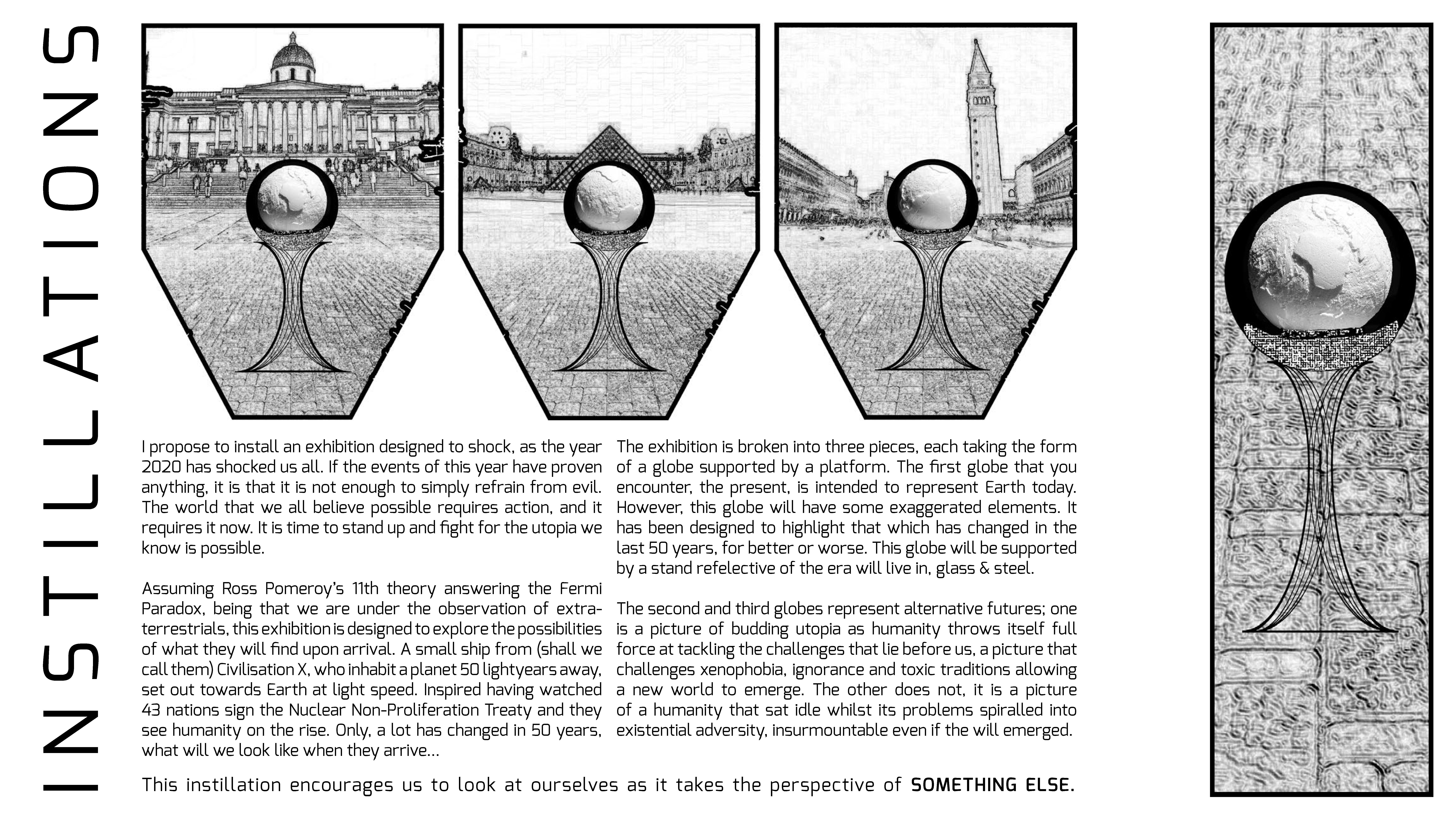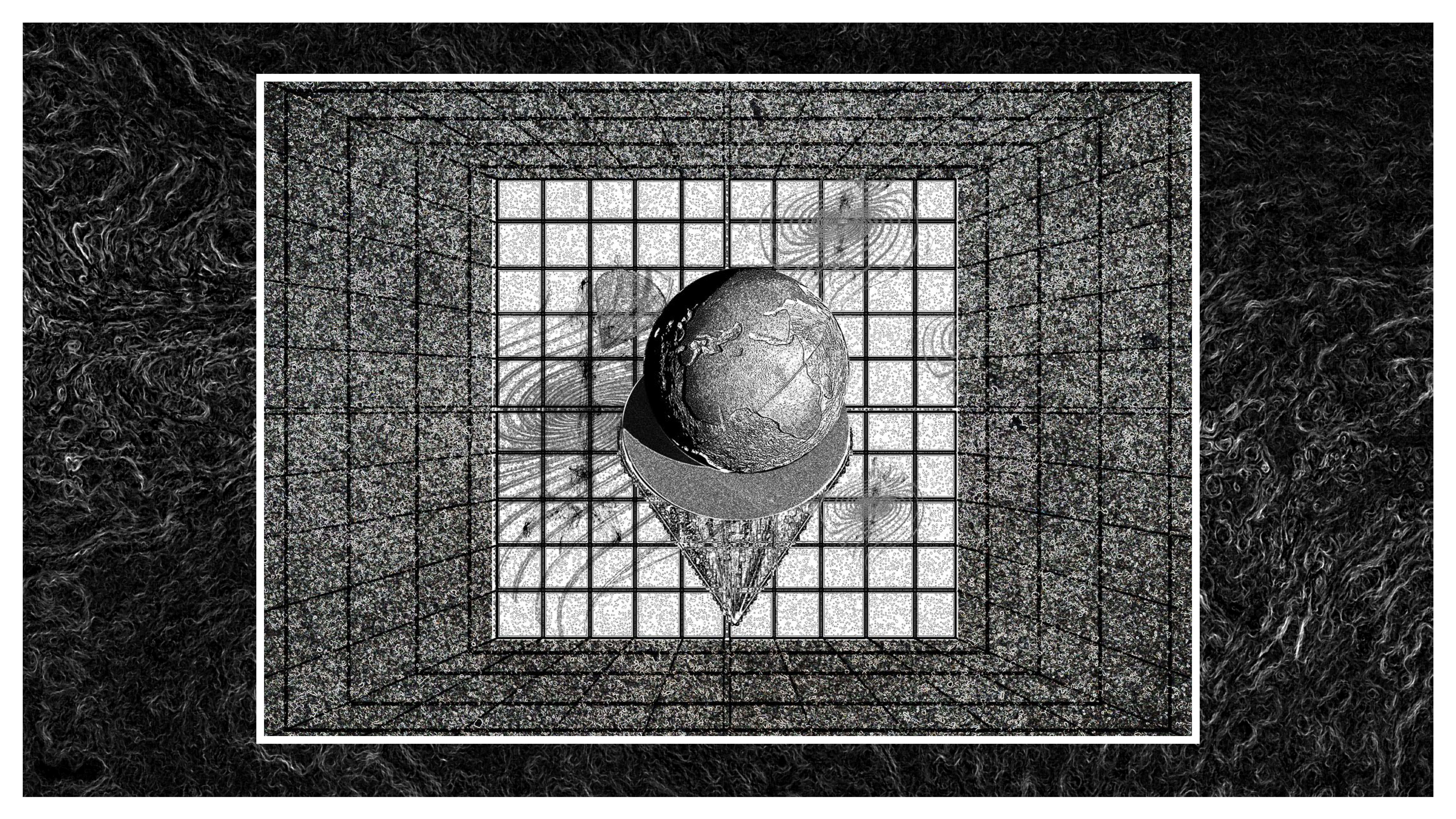
The Fermi Paradox :
Explained :
“In 1950, a learned lunchtime conversation set the stage for decades of astronomical exploration. Physicist Enrico Fermi submitted to his colleagues around the table a couple contentions, summarized as 1) The galaxy is very old and very large, with hundreds of billions of stars and likely even more habitable planets. 2) That means there should be more than enough time for advanced civilizations to develop and flourish across the galaxy.
So where the heck are they?
This simple, yet powerful argument became known as the Fermi Paradox, and it still boggles many sage minds today. Aliens should be common, yet there is no convincing evidence that they exist.”
The number of intelligent alien civilizations can be estimated using the drake's equation :

This estimates to at least 10
intelligent alien civilizations in the milky way alone. So where are they?
Answers :
Ross Pomery, at live science, has summarised the top 12 possibilities that would satisfy this paradox :
1. There aren't any aliens to find.
2. There is no intelligent life besides us.
3. Intelligent species lack advanced technology.
4. Intelligent life self-destructs.
5. The universe is a deadly place.
6. Space too is big.
7. We haven't been looking long enough.
8. We're not looking in the correct place.
9. Alien technology may be too advanced.
10. Nobody is transmitting. Instead, everybody may be listening.
11. Earth is deliberately not being contacted. On Earth, we have policies about contacting indigenous peoples; it's possible that the same thing could be happening with us. Just like in Star Trek, advanced alien societies may enforce rules that limit contact only to species that attain a lofty degree of technological or cultural evolution.
12. Aliens are already here and we just don't realize it.



Explorer’s Guide :
Assuming Ross Pomeroy’s 11th theory answering the Fermi Paradox, being that we are under the observation of extra-terrestrials, this exhibition is designed to explore the possibilities of what they will find upon arrival.
I propose to install an exhibition designed to shock, as the year 2020 has shocked us all. If the events of this year have proven anything, it is that it is not enough to simply refrain from evil. The world that we all believe possible requires action and it requires it now. It is time to stand up and fight for the utopia we know is possible.
I propose to install an exhibition designed to shock, as the year 2020 has shocked us all. If the events of this year have proven anything, it is that it is not enough to simply refrain from evil. The world that we all believe possible requires action and it requires it now. It is time to stand up and fight for the utopia we know is possible.

A small ship from (shall we call them) Civilisation X, who inhabit a planet 50 lightyears away, set out towards Earth at light speed. Inspired, having watched 43 nations sign the Nuclear Non-Proliferation Treaty; they see humanity on the rise. Only, a lot has changed in 50 years. What will we look like when they arrive…








Full presentation bellow:
The exhibition is broken into three pieces, each taking the form of a globe supported by a platform. The first globe that you encounter, the present, is intended to represent Earth today.
However, this globe will have some exaggerated elements. It has been designed to highlight that which has changed in the last 50 years, for better or worse. This globe will be supported by a stand refelective of the era will live in.



The stands were designed with three key factors in mind : Sustainability, Structural Integrity and Aesthetics. Sustainability played a large role in the consideration of all of the materials used throughout the project.









DougPonsonbyDesign@gmail.com
United Kingdom - Australia -
New Zealand - Papua New Guinea